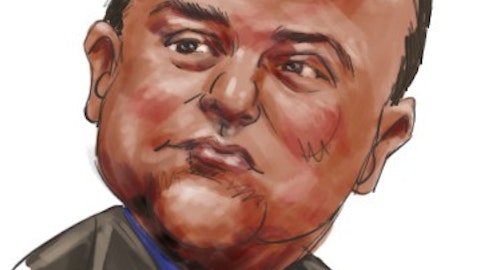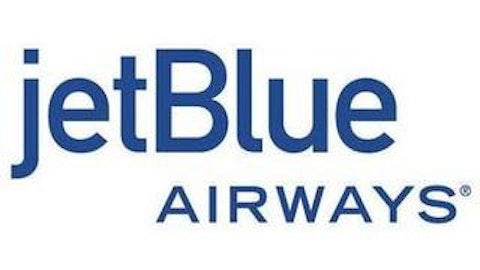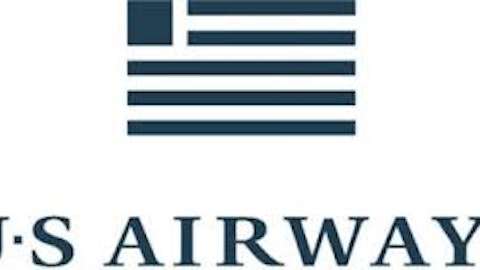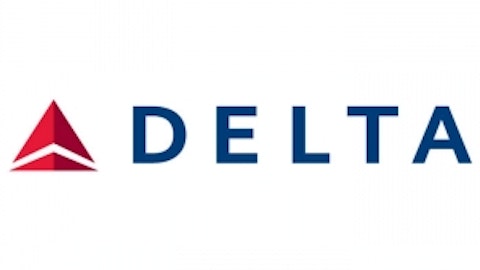Bottom of the pack
In order to compare the bang for the buck between various airlines, it is useful to adjust for size by reporting adjusted net debt as a percentage of revenue. Here are the results for Spirit and four key competitors: Allegiant, Delta, United Continental Holdings Inc (NYSE:UAL), and Southwest Airlines Co. (NYSE:LUV) .
| Company | Adjusted Net Debt | TTM Revenue (mainline only) | Debt as % of TTM Revenue |
|---|---|---|---|
| Allegiant Travel | N/A | $880 million | N/A |
| Spirit Airlines | $721 million | $1.26 billion | 57% |
| Delta Air Lines | $11.7 billion | $30.1 billion | 32% |
| United Continental | $12.4 billion | $30.4 billion | 41% |
| Southwest Airlines | $2.5 billion | $17.1 billion | 15% |
Source: Airline SEC filings
The surprising result is that while Spirit is the only company with no debt on its balance sheet, it has the heaviest adjusted net debt burden in this group, at 57% of revenue. Allegiant is net cash positive (and owns all of its aircraft), while Southwest has kept its debt and lease obligations very manageable. Even the much-maligned legacy carriers Delta and United have significantly more manageable debt burdens.
Why it matters
So what? Bulls might argue that Spirit has routinely posted a high profit margin in spite of heavy aircraft rent expense. Spirit seems to have no trouble paying its bills.
However, high aircraft rent raises Spirit’s fixed cost base, reducing the company’s flexibility. Competitors with lower aircraft expense can quickly reduce capacity if industry conditions deteriorate. Allegiant and Delta have used this strategy to great effect in recent years. By contrast, because Spirit must pay high aircraft rent costs regardless of whether its planes are flying, it cannot easily cut capacity. Not surprisingly, the company’s aircraft utilization rate is the highest in the industry, at 12.8 hours per day.
While industry conditions remain favorable, high aircraft utilization is not a bad thing. The danger for Spirit Airlines investors is that the company could not afford to cut back even if profitability deteriorated due to a fuel price spike or a sudden drop in demand. High fixed costs (i.e. aircraft rent) leave Spirit with much less flexibility than competitors like Delta and Allegiant, which have older, fully depreciated planes that can be mothballed if necessary.
Conclusion
Spirit’s high profit margins and low valuation make the company a reasonable investment candidate. However, investors should be aware that the company has one of the heaviest adjusted net debt burdens in the industry, at 57% of TTM revenue, due to high aircraft rent costs. This diminishes Spirit’s flexibility, and could prevent the company from cutting capacity to match demand in a future industry downturn.
The article Buyer Beware: Hidden Debt at Spirit Airlines originally appeared on Fool.com and is written by Adam Levine-Weinberg.
Fool contributor Adam Levine-Weinberg owns shares of Delta Air Lines and is short Mar 2013 $14 Calls on Delta Air Lines, and is short shares of United Continental Holdings. The Motley Fool recommends Southwest Airlines. The Motley Fool owns shares of Spirit Airlines.
Copyright © 1995 – 2013 The Motley Fool, LLC. All rights reserved. The Motley Fool has a disclosure policy.





